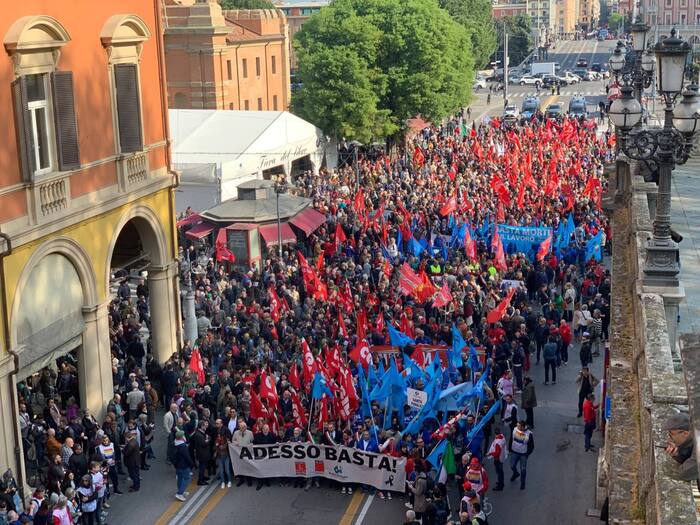He is it! Even when researchers discovered a sarcophagus in the floor of the Mainz St. John's Church a few months ago, they suspected that it may contain the remains of Archbishop Erkanbald, who died in 1021. Now the researchers are finally sure. The history of the city must now be partially rewritten.
Research leader Guido Faccani compared the analyzes with a circumstantial process, the decisive clue finally provided textile remains. The dead man wore a chasuble, a silk cloak with a gold border at the neck.
"These are Pontifical Shoes"
On it lay a badge made of wool - a so-called pallium. The decoration is awarded directly by the pope to archbishops. On the feet the dead man apparently wore sandallike goatskin shoes. "These are pontifical shoes, shoes of a bishop, worn only on special occasions," said Faccani. When the textile analyzes also showed that the clothing must have been made between 950 and 1050, the researchers were able to confirm that the sarcophagus can only contain Erkanbald.
His mortal remains reveal details of his life. Erkanbald was 1.82 meters tall during his lifetime. "That's a decent body length at the time," said anthropologist Carola Berszin, who examined the bones. In addition, the priest apparently suffered from gout.
In the video: This is how the work on the sarcophagus was going
REUTERS
The find is also a sensation for the history of Mainz in Mainz. Once a bishop was buried in St. John's Church, it must have been the first cathedral in Mainz - in front of the later built cathedral, which has been the episcopal seat since 1036. "Two dome a stone's throw away from each other - this is supposed to imitate the Mainz first someone," said the Protestant dean Andreas Klodt. This would require parts of Mainz's city history to be rewritten. In the meantime the Johanneskirche is Protestant.
"That's a very moving moment for me," said researcher Faccani. "The research confirms our initial assumptions, some of which were very bold." Erkanbald was the first archbishop of Mainz, who had been buried not in the city but in the center. "This means that we are sitting here in the church, which until 1036 was the cathedral of Mainz." As Archbishop Erkanbald also had a political function at the court of Emperor Henry II.









